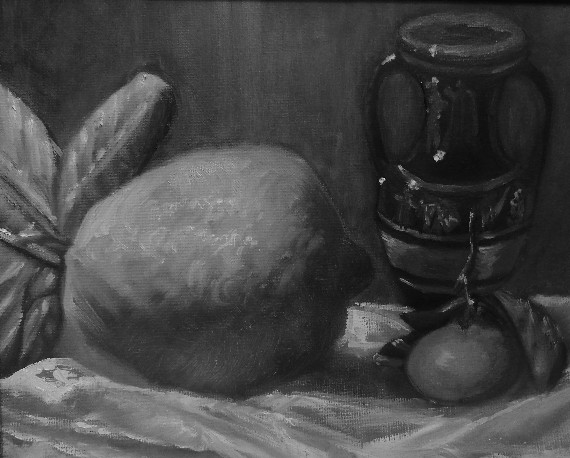Oil Painting
Steel Life Painting
adhuc vita" - a term that today has the meaning of representation of inanimate subjects. This term introduced in Italy at the end of the eighteenth century, is the improper translation of the Dutch term still-leven, or literally "immovable nature".
The painting of furnishings, fruit, vegetables, books, furnishings and everyday objects in general, already present in the Middle Ages, sees its starting point as an artistic expression towards the end of the 1500s.
In Italy it was after the Council of Trent (1563), that the so-called "still life" acquired the new and more considered symbolic value, in fact from that date, inanimate objects were considered capable of having an evocative and devotional power.


Still Life Art
Vincent van Gogh, Girasoli , 1888. Neue Pinakothek, Monaco di Baviera, Germania; Fede Galizia, Natura morta, 1610 circa. Collezione privata; Clara Peeters, Natura morta con tazza in argento dorato , 1613. Collezione privata.; Louise Moillon, Natura morta con cesto di frutta e asparagi, 1630. Art Institute of Chicago.; Jean Siméon Chardin, Il raggio , 1728. Museo del Louvre, Parigi; Edouard Manet, Mazzo di asparagi , 1880. Wallraf-Richartz Museum, Colonia, Germania - Edouard Manet, Un rametto di asparagi , 1880. Musée d'Orsay, Parigi, Francia; Paul Cézanne, Natura morta con teschio , 1898 circa. Barnes Foundation, Philadelphia.
